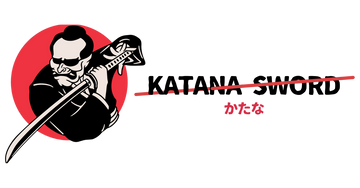Tsukuri-Komi, types of blade construction
Tsukuri-komi is a Japanese term that refers to the shape of the blade of a Japanese sword. It describes how the blade is forged and shaped to create a certain type of form or profile, which is often related to its intended use.
There are several different types of Tsukuri-komi, each with unique characteristics and used for different purposes such as hand-to-hand combat, ceremonies, spiritual practices or martial practices.
Hira-zukuri 平造り

A type of construction without Shinogi. Tanto or Wakizashi are often found with this type of blade. This form has a straight blade with a diamond shaped cross section.
Kiriha-zukuri 切り刃造り

This type of blade construction is often seen on Chokuto from the Nara period (710-964) onwards, from the Hein period onwards, the Shinogi-sukuri type construction will become the most popular.
This shape is characterised by a straight blade with a diamond-shaped cross-section and a straight guard.
Shinogi-zukuri 鎬造り

The construction is well known for Japanese curved swords. A yokote line is used to emphasize the Kissaki.
This is the most common shape for Japanese swords, characterised by a curved blade with a straight edge line and a boomerang-shaped back line.
